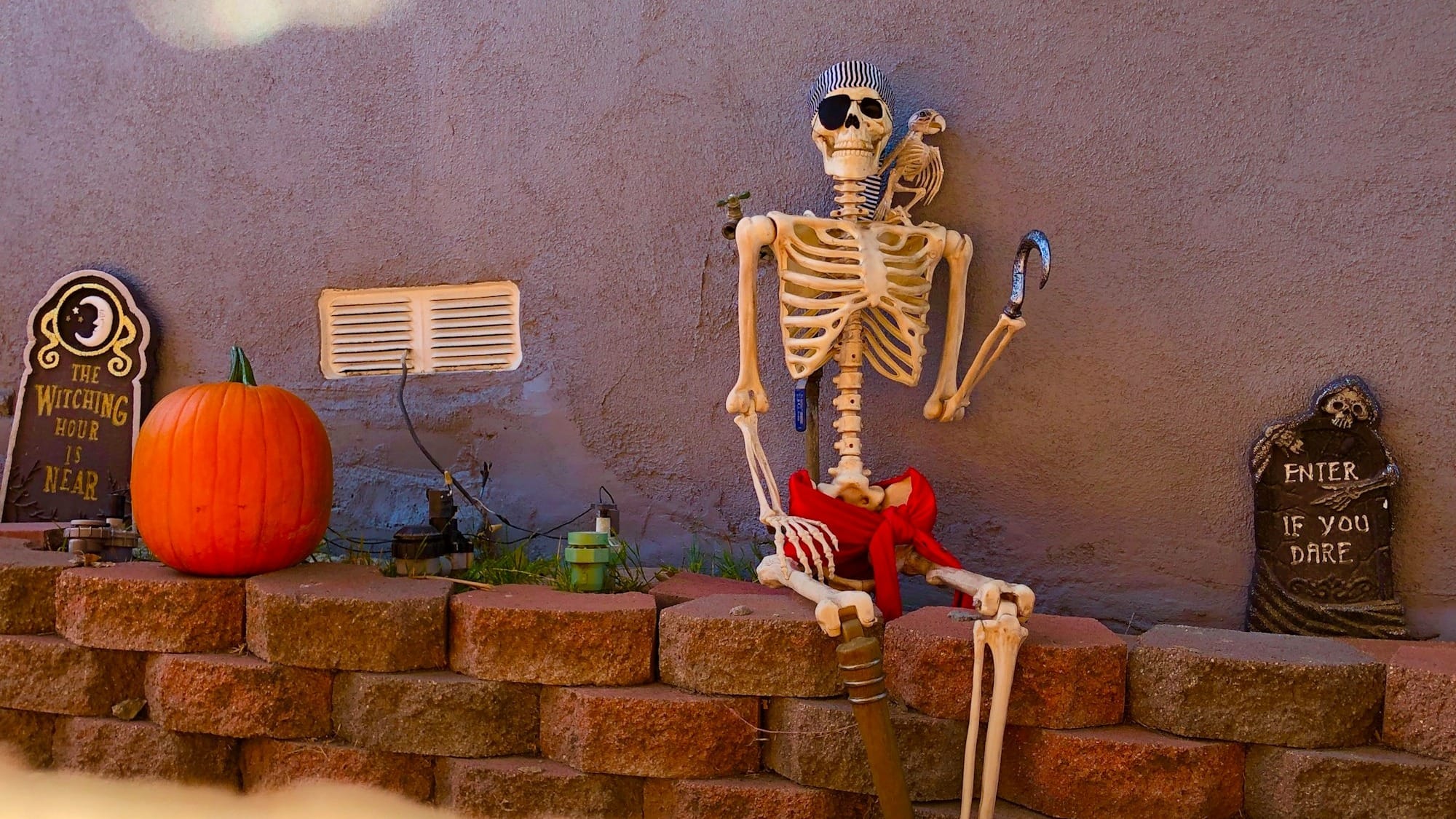Bringing Our "Walking Skeleton" to Life
This month, the development team has been working on a minimal end-to-end version of the system that allows us to test each stage of the process.

This month, the development team has been working on something appropriately seasonal 🎃 a walking skeleton 🦴 version of our product. In software terms, this is a minimal end-to-end version of the system that allows us to test each stage of the process in a realistic way before adding more complexity.
Our walking skeleton demonstrates the full journey:
- A researcher writes and tests their analysis code locally on synthetic data.
- The researcher submits a request to run their code on the “real” data.
- Staff receive the request, download the researcher’s code and instructions from GitHub, and run it in a secure, controlled environment.
- Staff make the outputs available for the researcher to view.
- The researcher requests permission to download and share the outputs.
- Staff review the outputs to ensure they are fully anonymous (non-disclosive) and release them if appropriate.
To test this process, we took a phased approach:
- First, two members of the development team ran through the process internally, helping us refine the wording and order of steps in the playbook.
- Next, a member of staff and a developer (acting as a researcher) tested it, uncovering a few more points for improvement.
- Finally, we carried out a test with a staff member and an actual research user. This surfaced a significant issue related to permissions on the researcher’s laptop, as well as some smaller tweaks to make the playbook clearer.
Each round of testing has helped strengthen our walking skeleton - ensuring that when we start to build out the full system, the foundations are solid. It’s been a fitting project for October: a reminder that even the simplest skeleton needs care and attention before it can truly come to life. 👻
